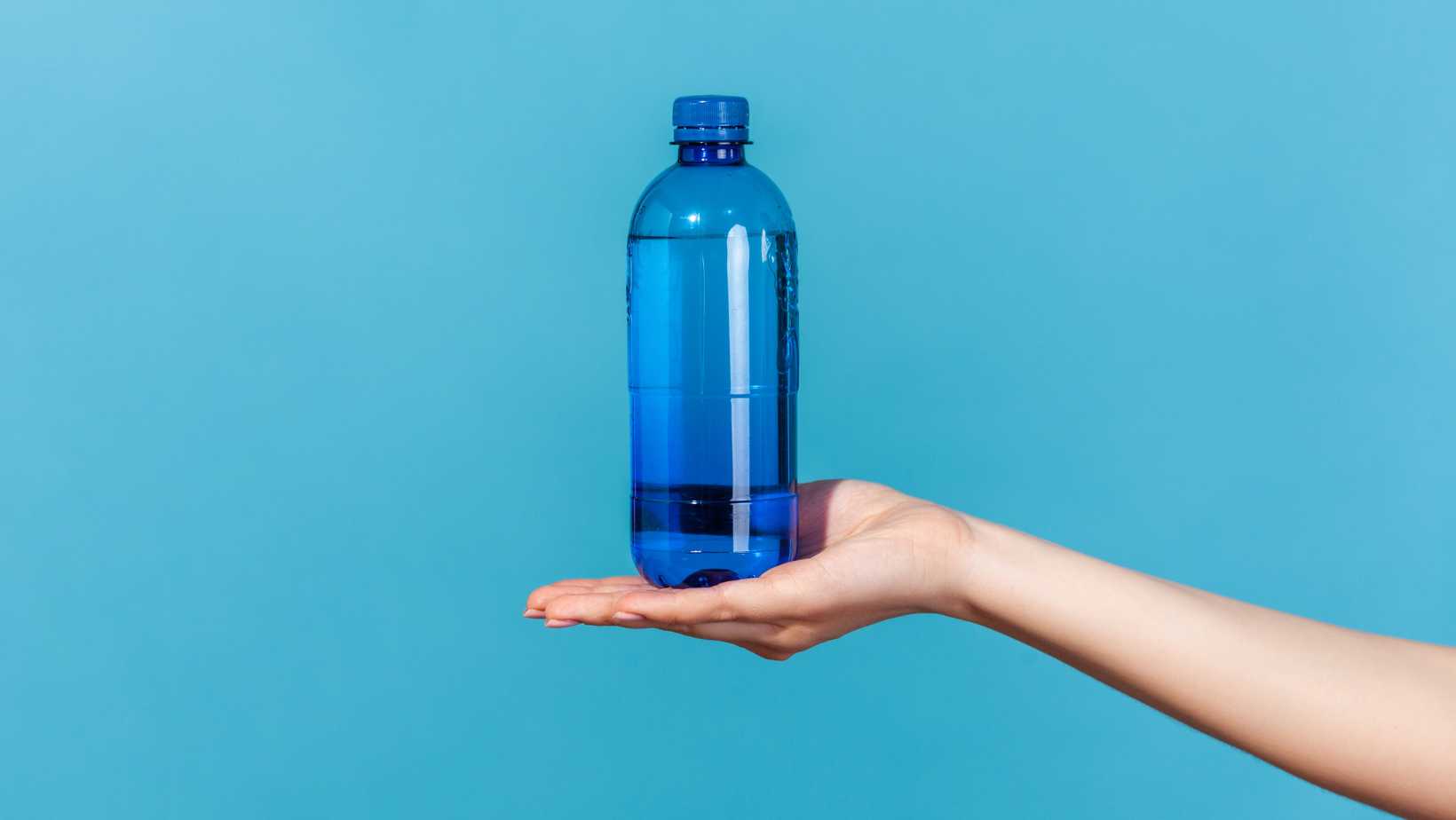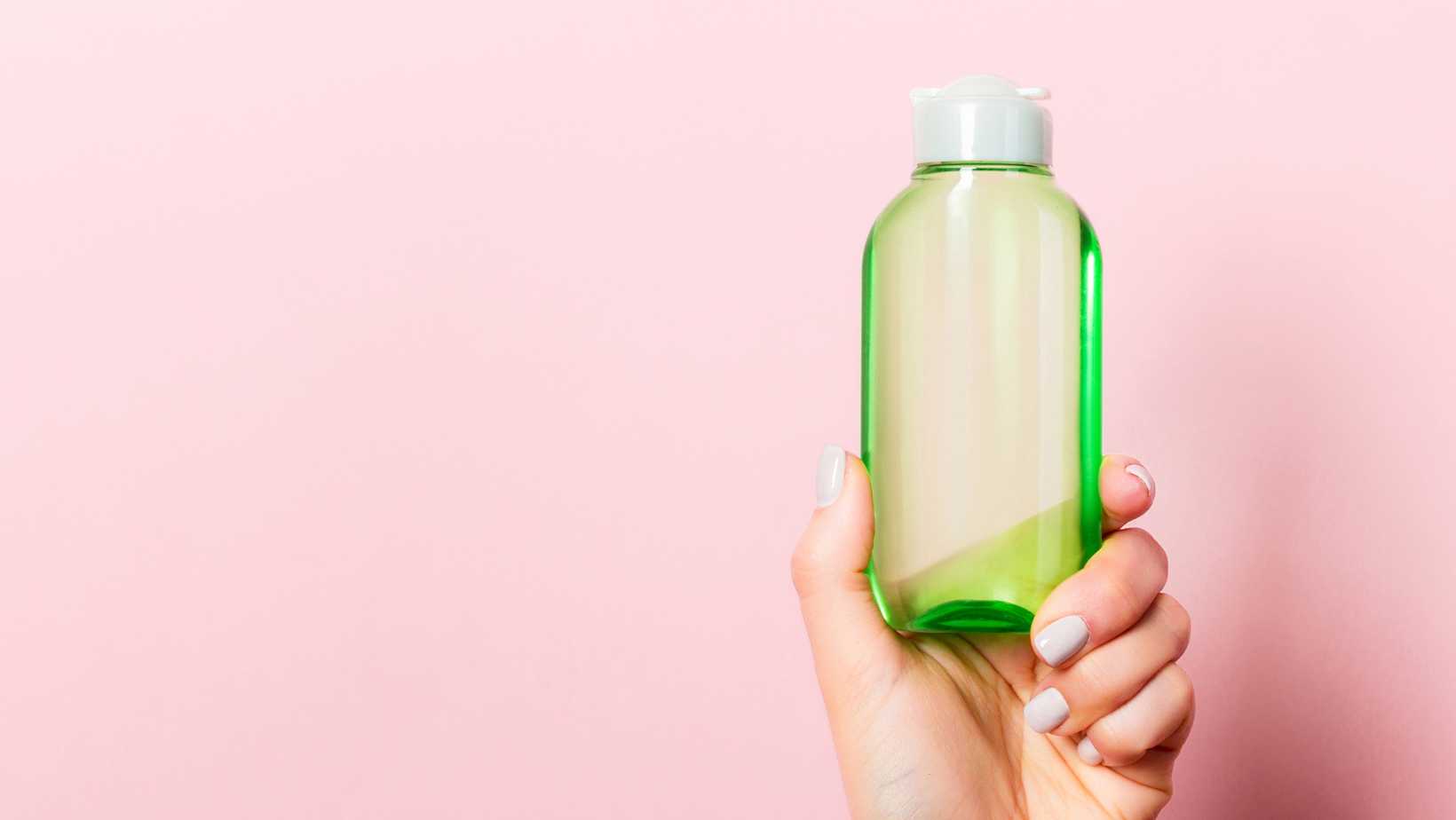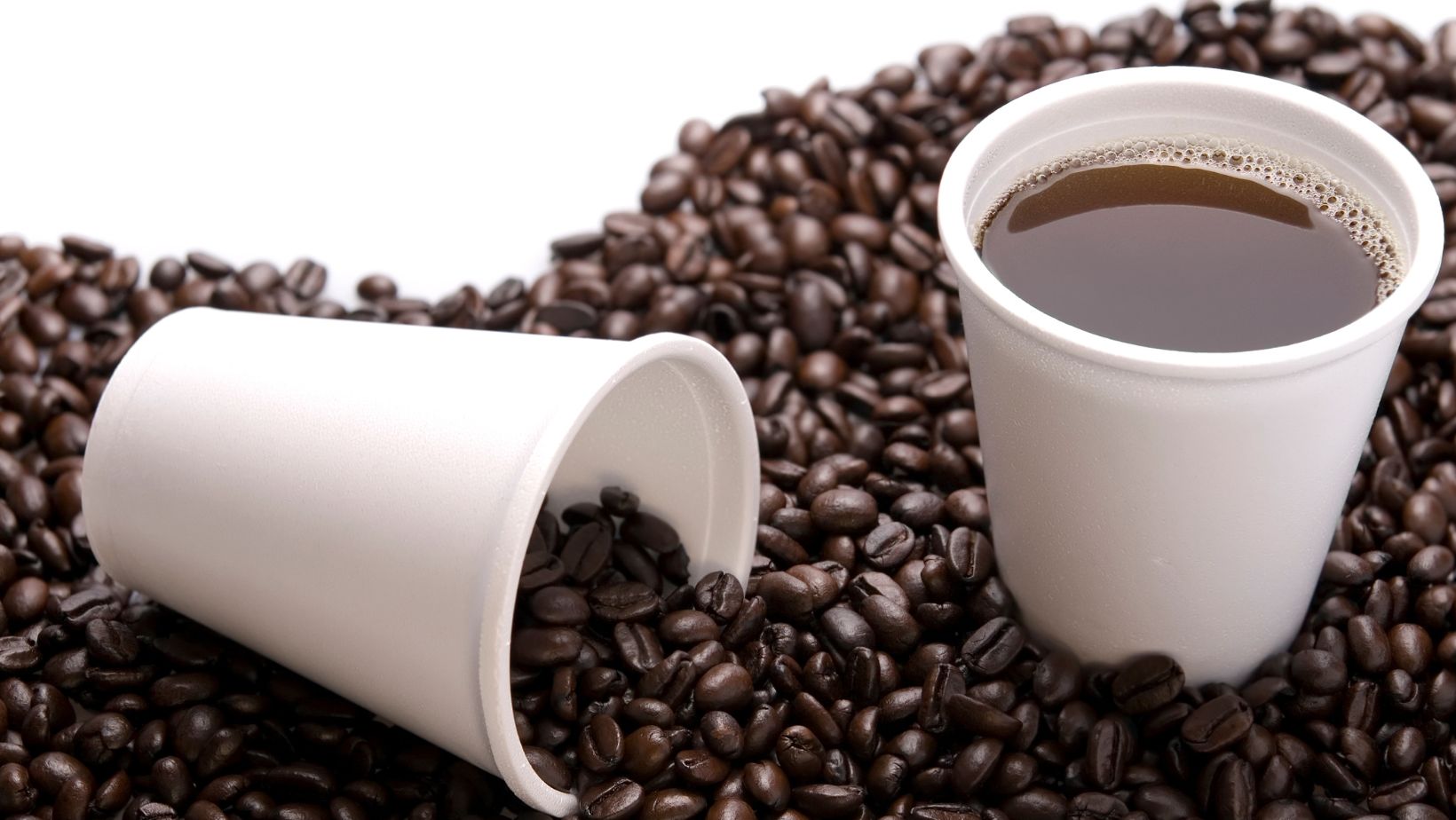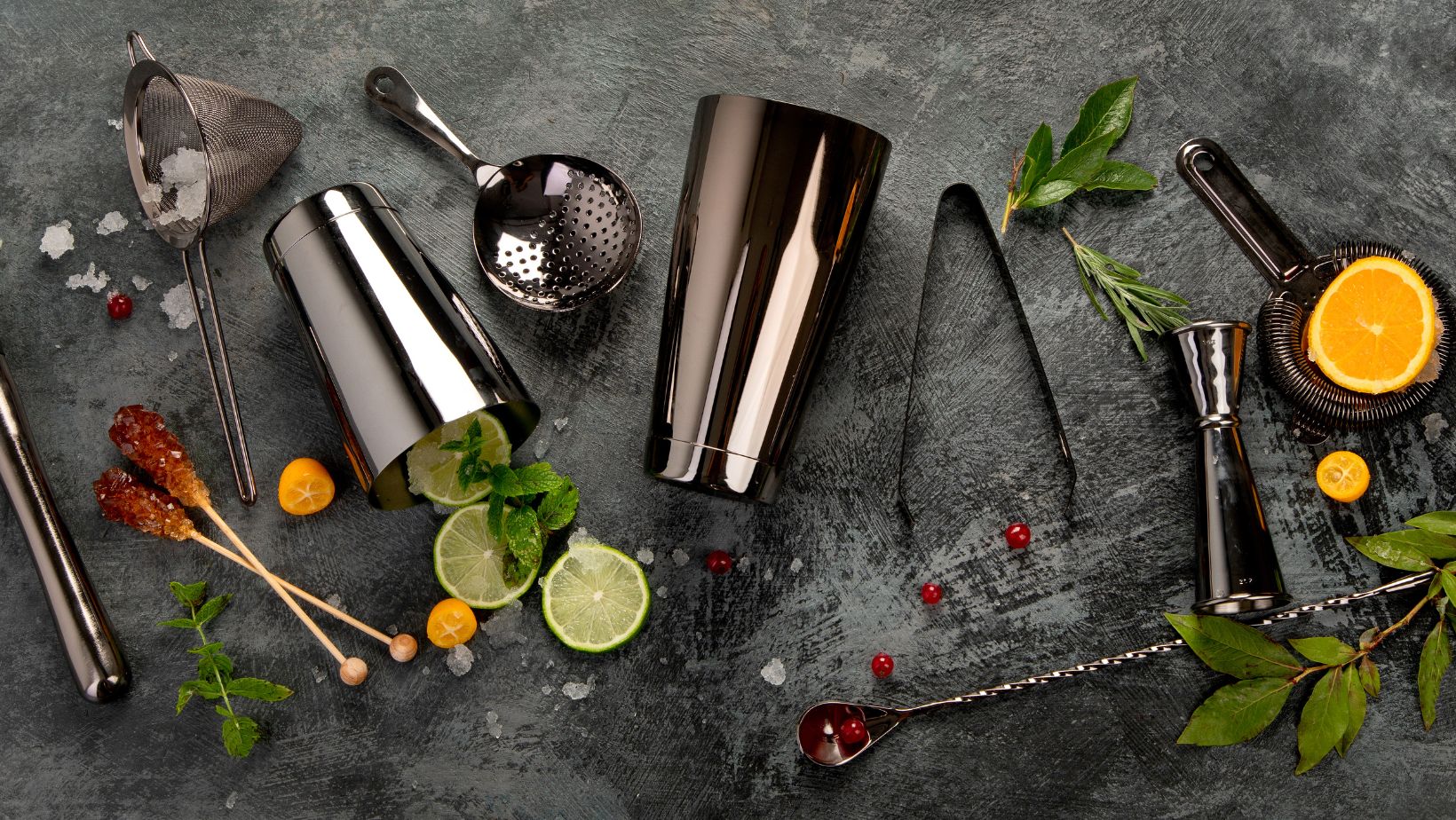How Many mL is in a Water Bottle? Find Out The Exact Measurement

Have you ever wondered how many milliliters are in a water bottle? It’s a common question that often arises when we’re trying to track our daily fluid intake or measure the amount of liquid in a container. Understanding the volume of a standard water bottle can be helpful for various purposes, from managing hydration to preparing drinks and recipes accurately.
The typical size of a water bottle can vary depending on the brand and region, but most commonly, they come in 16.9 fluid ounces (500 milliliters) or 33.8 fluid ounces (1 liter). These measurements are widely used in the United States, where water bottles have become an essential part of everyday life for many individuals.
How Many mL is in a Water Bottle
Choosing the Right Water Bottle Size
When it comes to selecting a water bottle, one of the factors to consider is the volume capacity, which is typically measured in milliliters (ml). The ml measurement provides an accurate representation of how much liquid a water bottle can hold. It’s important to choose a size that suits your needs and lifestyle. Here are some common water bottle sizes and their corresponding ml capacities:
- 500 ml: This is a popular choice for individuals who prefer compact bottles that are easy to carry around. It’s perfect for staying hydrated on-the-go or during short activities like workouts or walks.
- 750 ml: A slightly larger option, this size offers more hydration without being too bulky. It’s ideal for longer outings or when you need to ensure an adequate supply of water throughout the day.
- 1 liter (1000 ml): If you’re looking for a water bottle with generous capacity, this size is suitable for extended adventures or situations where access to refilling might be limited.
Understanding Milliliters in Water Bottles
Milliliters (ml) serve as a standardized unit of measurement used worldwide to quantify liquid volume accurately. In the context of water bottles, knowing how many milliliters they hold allows you to track your fluid intake more precisely.
To put it into perspective:
- 1 milliliter (ml) is equal to one-thousandth of a liter.
- A standard-sized drinking glass often holds about 250 ml or approximately 8 fluid ounces.
- Larger containers like pitchers generally have capacities ranging from 1000 ml up to several liters.
By having an understanding of milliliters as a measurement unit, you can make informed choices about the volume of water you consume and ensure proper hydration.

Factors Affecting mL in a Water Bottle
In this section, I’ll delve into the various factors that can affect the volume of liquid, specifically in terms of milliliters (ml), contained within a water bottle. Understanding these factors can help shed light on why there may be variations in ml quantities among different types and sizes of water bottles.
- Bottle Size and Shape: The size and shape of a water bottle play a significant role in determining its ml capacity. Bottles come in various sizes, ranging from small single-serve bottles to larger ones designed for multiple servings. Additionally, bottles may have different shapes such as cylindrical or rectangular, which can impact their overall volume.
- Material Thickness: The thickness of the bottle material also affects its ml capacity. Thicker materials often result in reduced internal space due to increased wall thickness, consequently reducing the amount of liquid that can be held within the bottle.
- Neck Diameter: The diameter of the neck opening is another factor that influences the ml capacity of a water bottle. Bottles with wider necks allow for faster pouring and potentially higher volumes per pour compared to bottles with narrower openings.
- Manufacturing Tolerances: During production, minor variations may occur due to manufacturing tolerances. These slight differences can impact the actual ml capacity compared to what is stated on the label or packaging.
- Temperature Expansion: Changes in temperature can cause liquids to expand or contract, affecting their volume inside a water bottle. When exposed to higher temperatures, liquids tend to expand and occupy more space within the container.
It’s important to note that while these factors contribute to variations in ml capacities among different water bottles, strict regulations are typically imposed on manufacturers regarding accurate labeling and packaging information.
To summarize:
Factors Affecting mL in a Water Bottle:
- Bottle Size and Shape
- Material Thickness
- Neck Diameter
- Manufacturing Tolerances
- Temperature Expansion
Understanding these factors can provide insights into why ml quantities may differ among water bottles. However, it’s crucial to rely on accurate labeling and packaging information provided by manufacturers to ensure you know the exact ml capacity of a specific water bottle.




